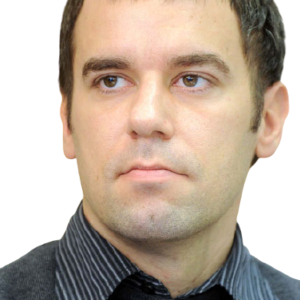The COVID-19 epidemic – and the associated cessations of public life – limited us to living and working in our local environment a good year ago.
Infrastructure in the new Normality and Spatial Planning, including Placements of new Programs in Environment/Place


For a short time, in the last year, we have intensively started to discover the immediate surroundings of our homes – on foot and with a bicycle. We found that despite the dispersion of settlements within walking and cycling distances, there are various options available to most residents for both recreation and the provision of basic supplies and often even for work.
However, years of focusing mainly on providing good conditions for access by car have resulted in the neglect of arranging quality connections for pedestrians and cyclists, both in settlements and between them. Within Thematic Track B, we are interested in recent good practice examples and local community plans for similar measures. We wish to stimulate debate on the challenges that cities and regions face in this area and the potential for networking between them.
We are interested in the thoughts of:
- representatives of cities and regions;
- planners; and
- researchers;
who, in addition to infrastructure, also include broader reflections on spatial planning and the placement of new programs in space.
To put it polemically, there is no such thing a the city. Rather, the city designates the space produced by the interaction of historically and geographically specific institutions, social relations, of production and reproduction, practices of government, forms of media communication, and so forth. By calling this diversity ‘the city,’ we ascribe to it a coherence of integrity. The city, then, is above all a representation. But what sort of representation? By analogy with the now familiar idea that the nation provides us with an ‘imagined community’, I would argue that the city constitutes an ‘imagined community’.*
James Donald, literary critic
* Donald, James [1992: 422] in Bender, Thomas, 2012, Postscript: reassembling the city: networks and urban imaginaries in Farías, Ignacio, and Thomas Bender, eds. Urban assemblages: How actor-network theory changes urban studies. Routledge, 2012.


